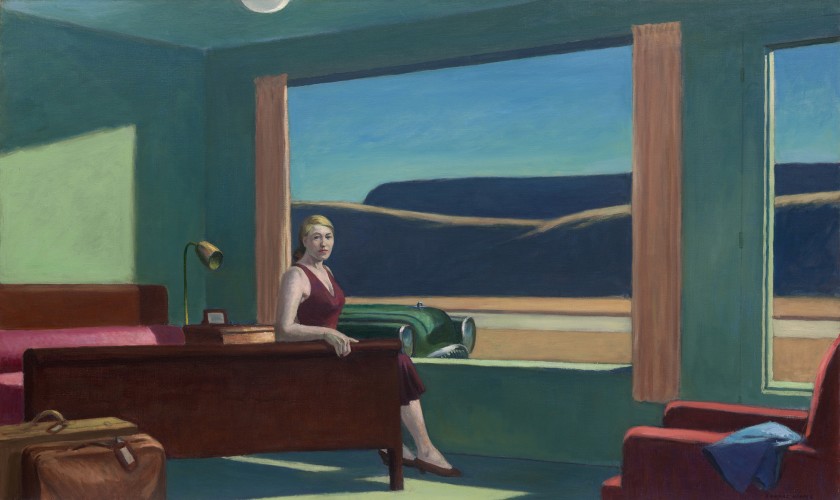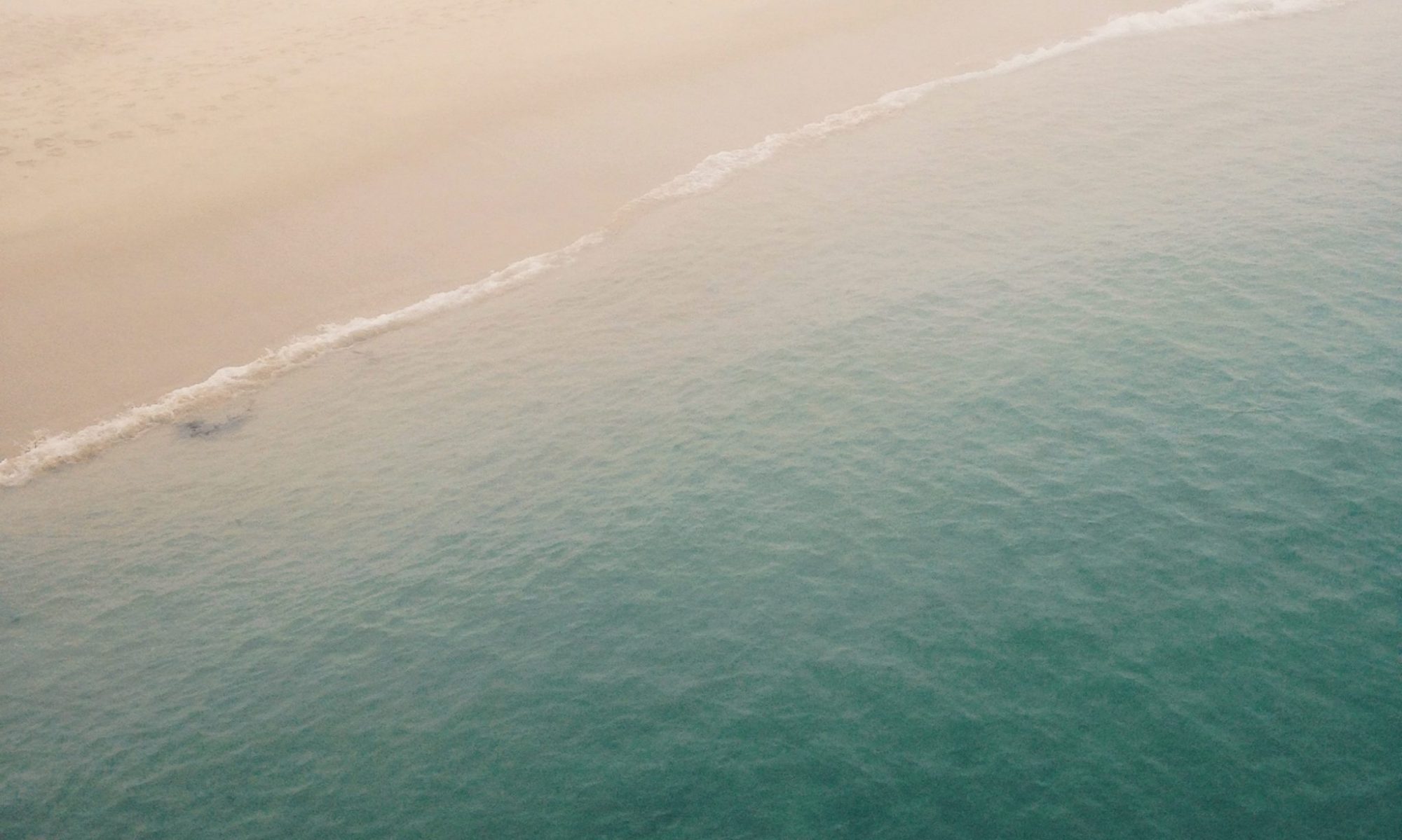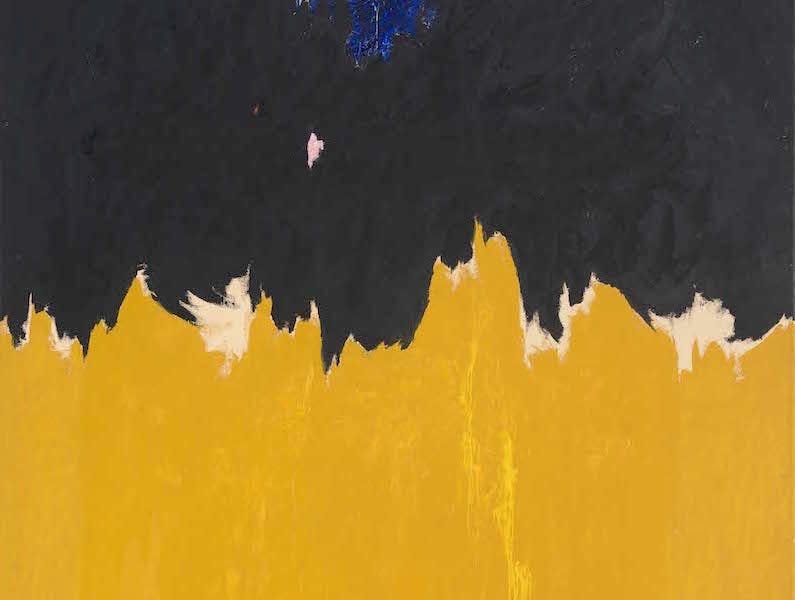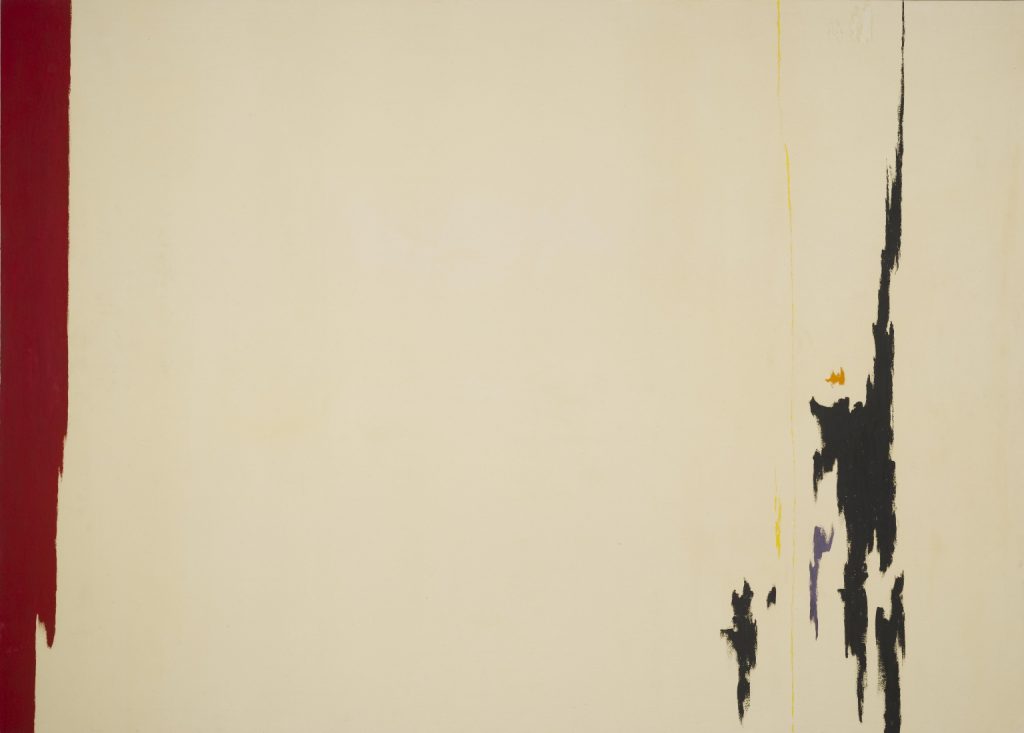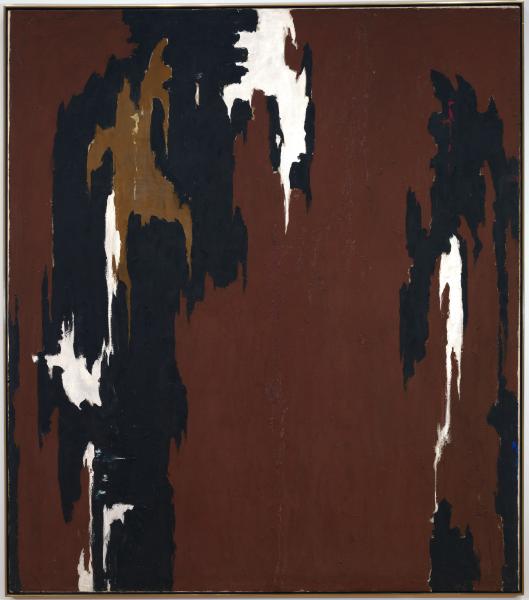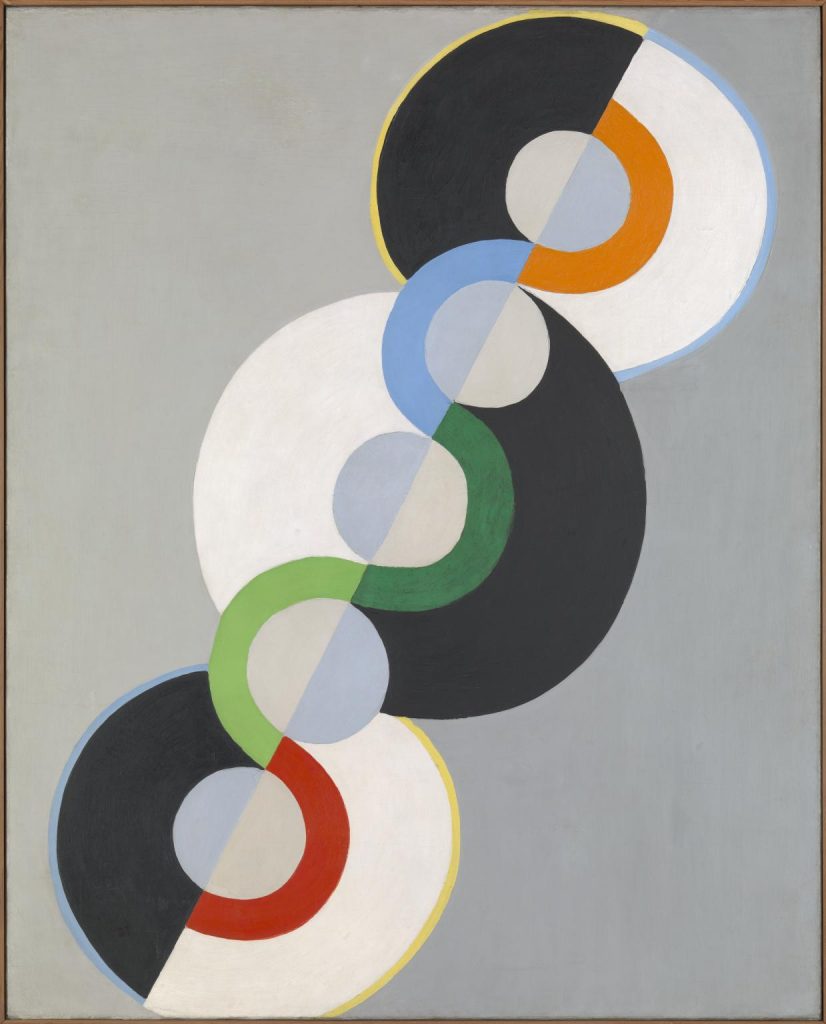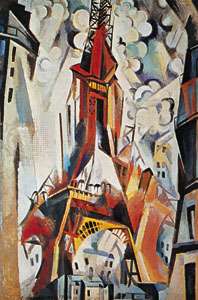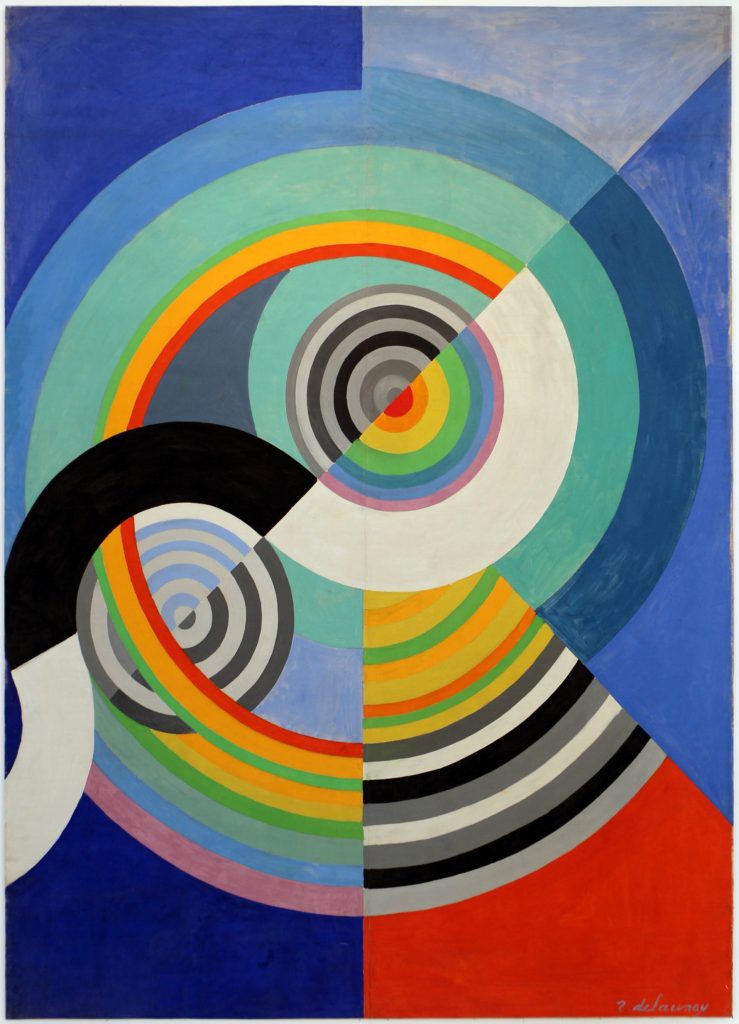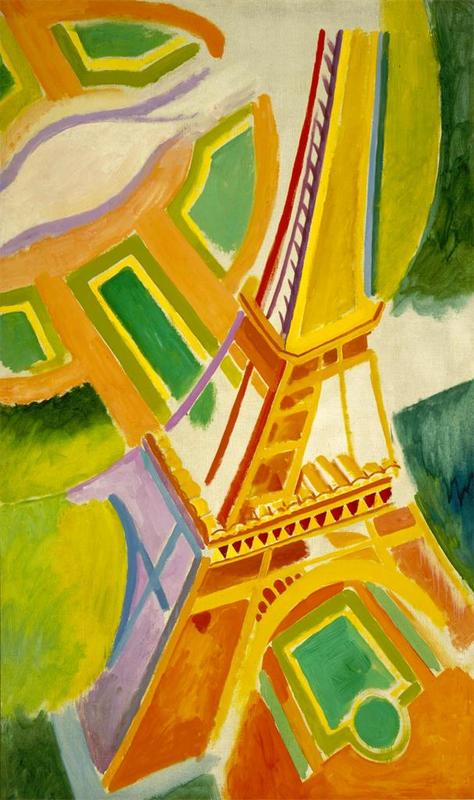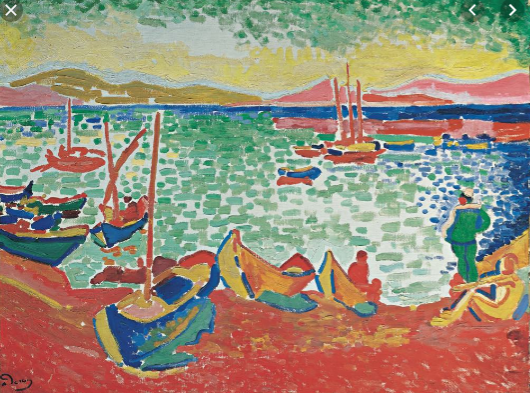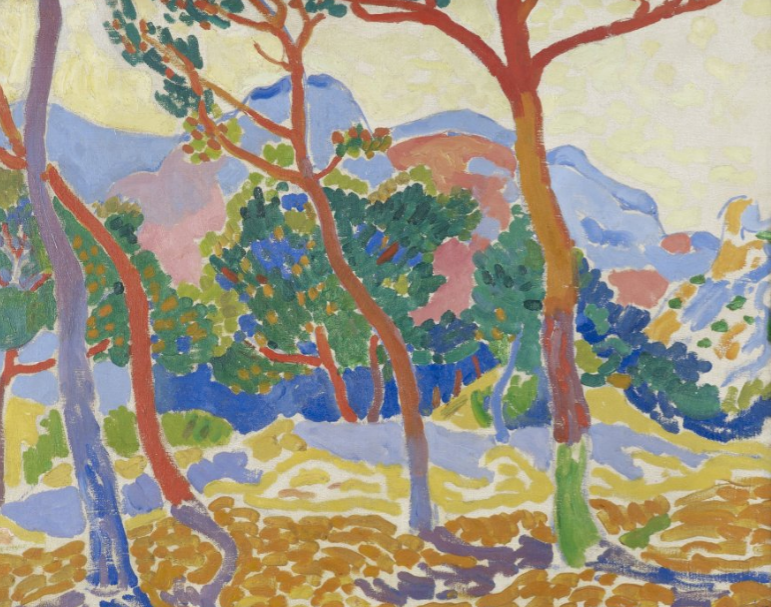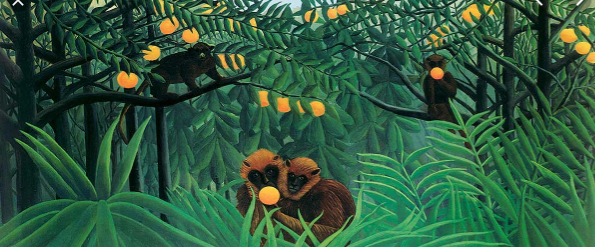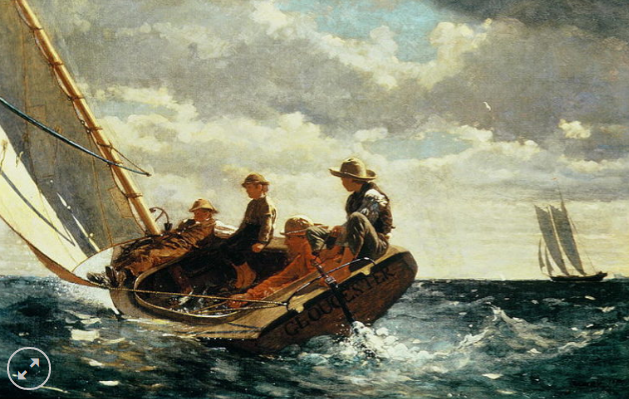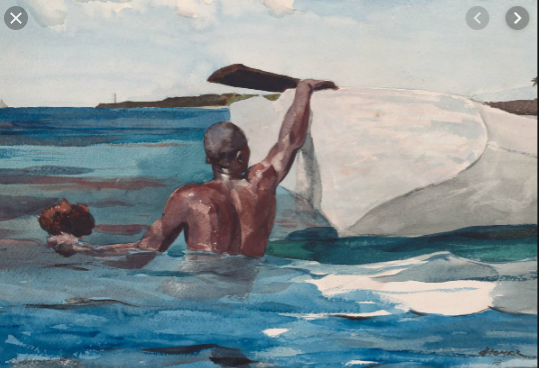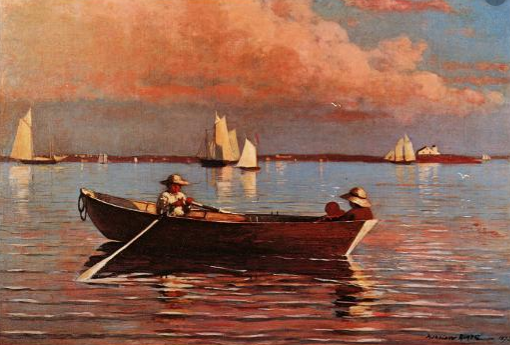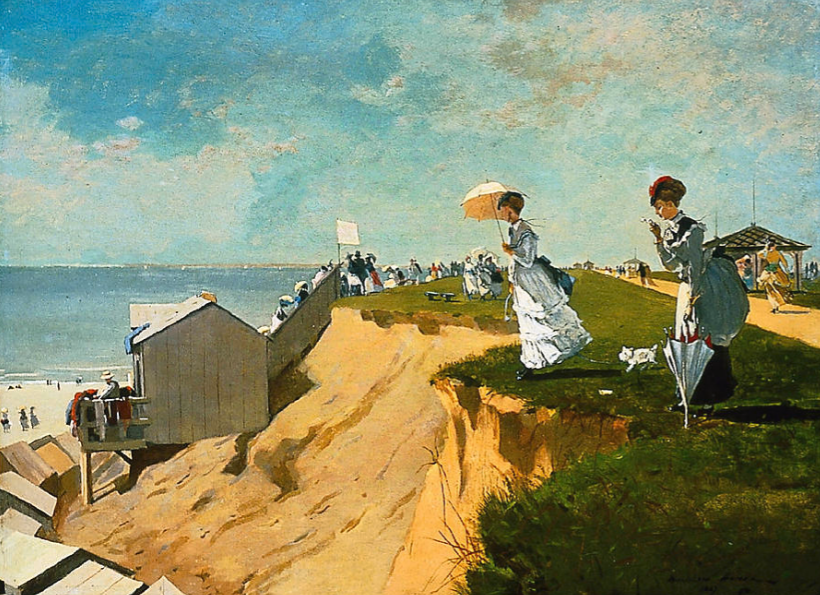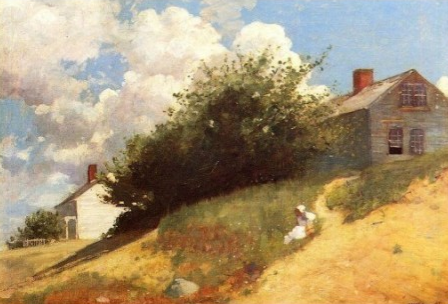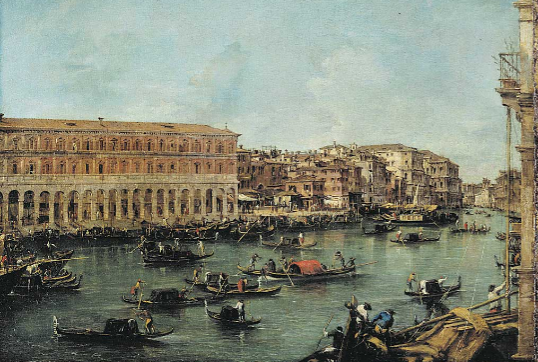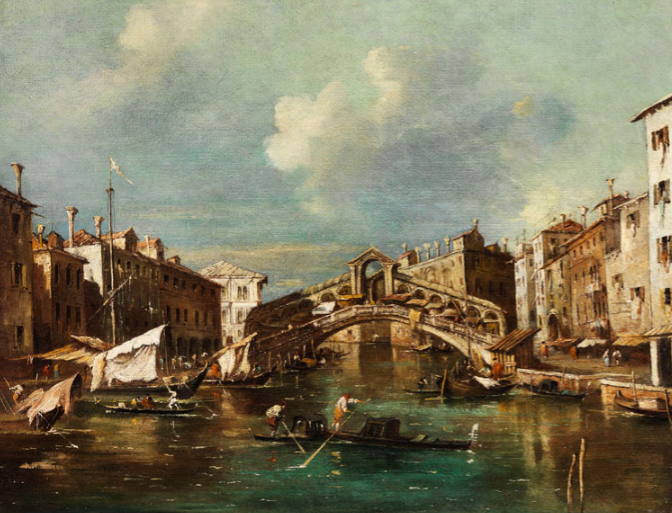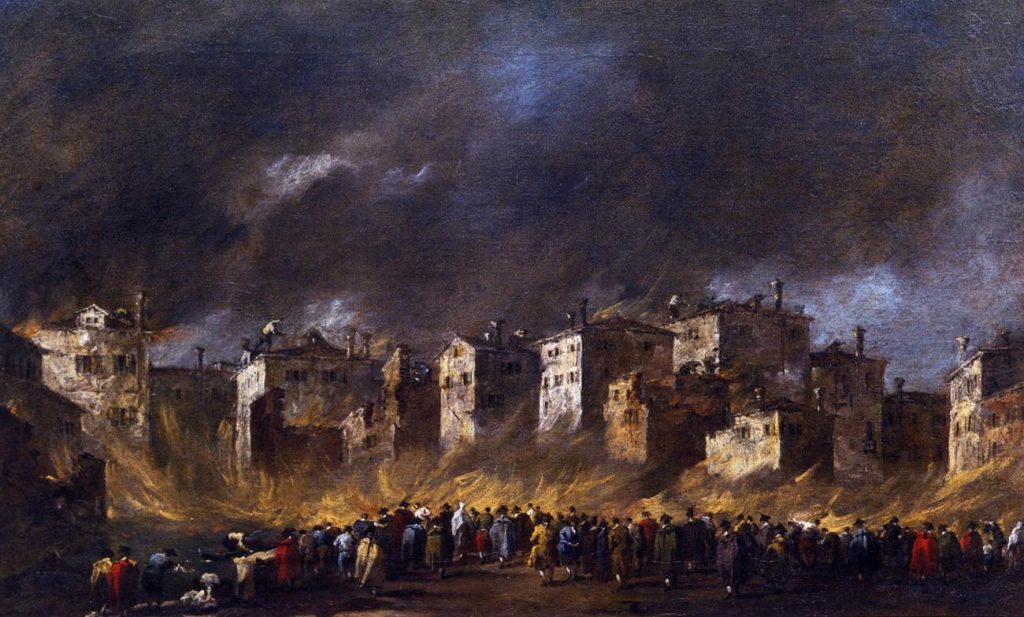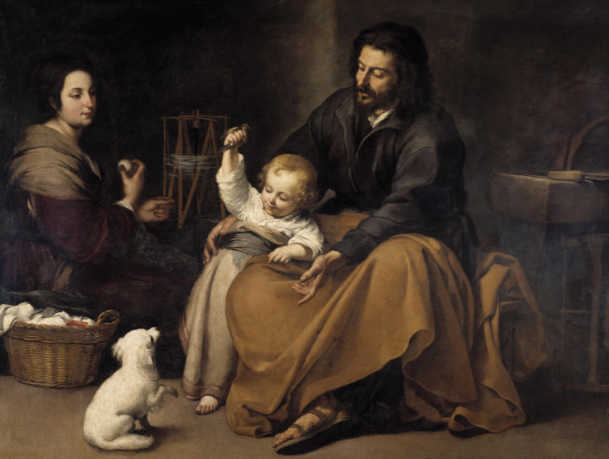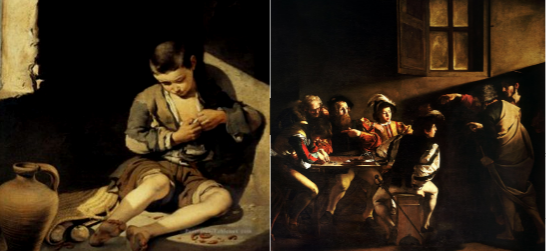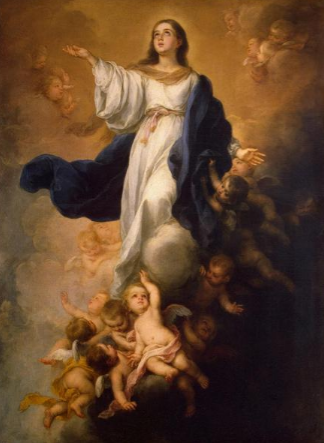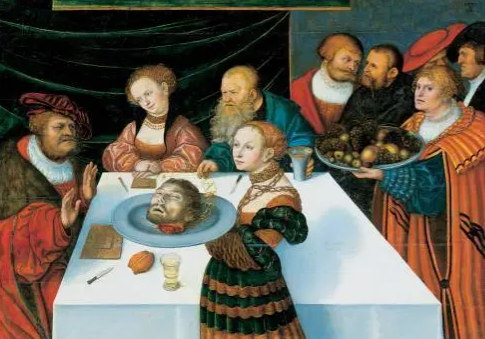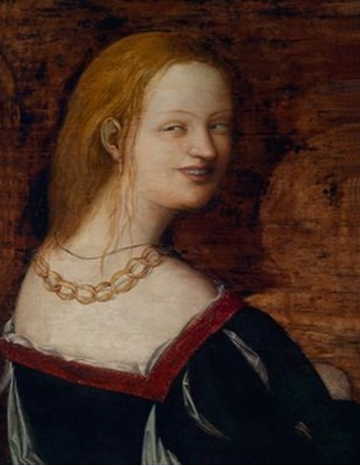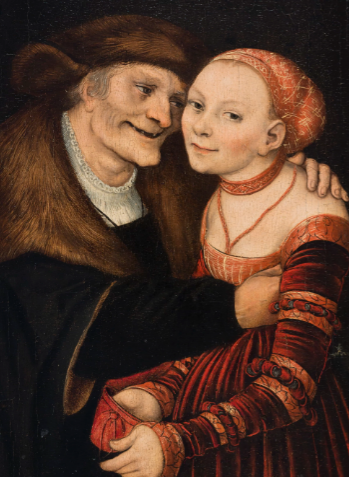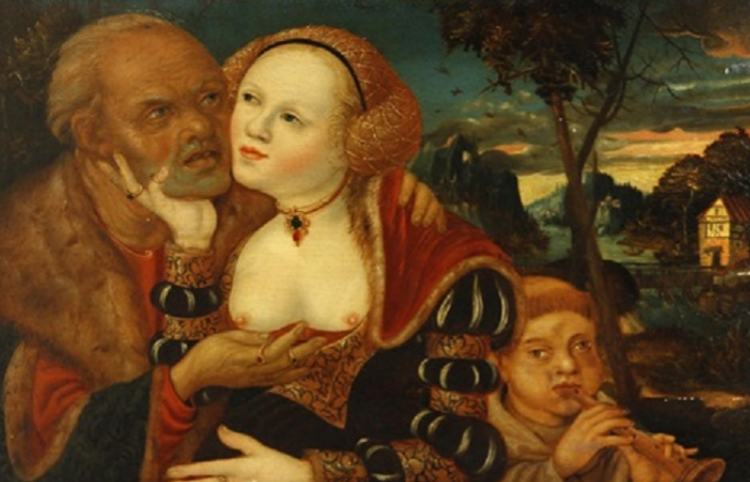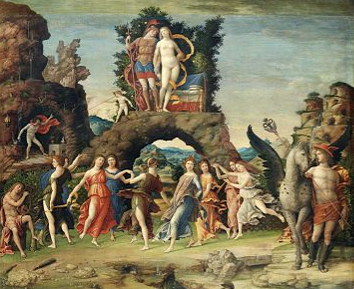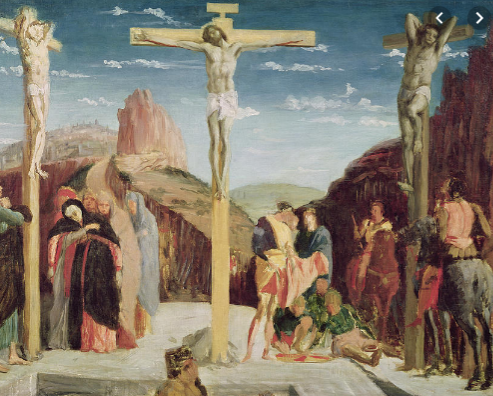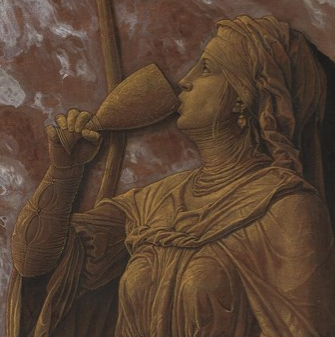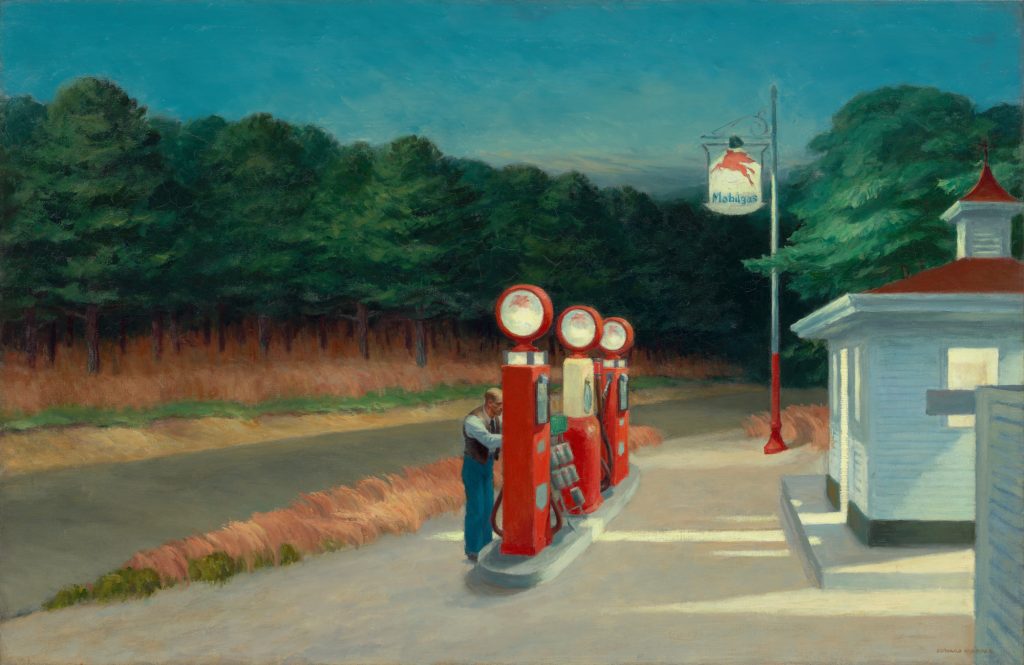
Edward Hopper is widely acknoledged as the most important realist painter of twentieth-century America. He was initially trained as a commercial illustrator. He began his artistic career taking lessons in illustration before transferring to the New York School of Art in 1900, where he studied under the eminent American artists William Merritt Chase and Robert Henri. Hopper’s most common subject was the solitary figure. A projection of his personal introspection, the artist frequently returned to images of lone figures, most often women, within a windowed interior setting. Often misinterpreted as a symbol for his own feelings of loneliness, these figures more likely represent Hopper’s preference for quiet and thoughtful self-examination.
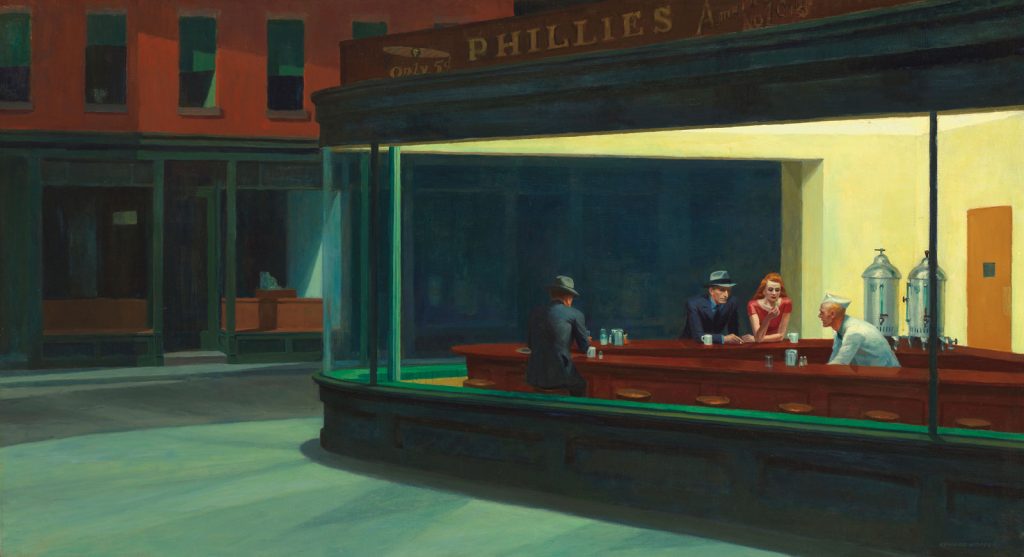
Edward Hopper does a perfect job of showing the emotions of America during its time period through his beautiful cityscape and landscape paintings. One example of this is one of his most famous paintings titled, “Nighthawks”. This painting, which is one of my favourite paintings of all time, captures a minimal night scene of the city. What I love about this painting is the way he is able to create such a strong sense of atmosphere, I feel so mysterious yet calm when viewing this painting.
